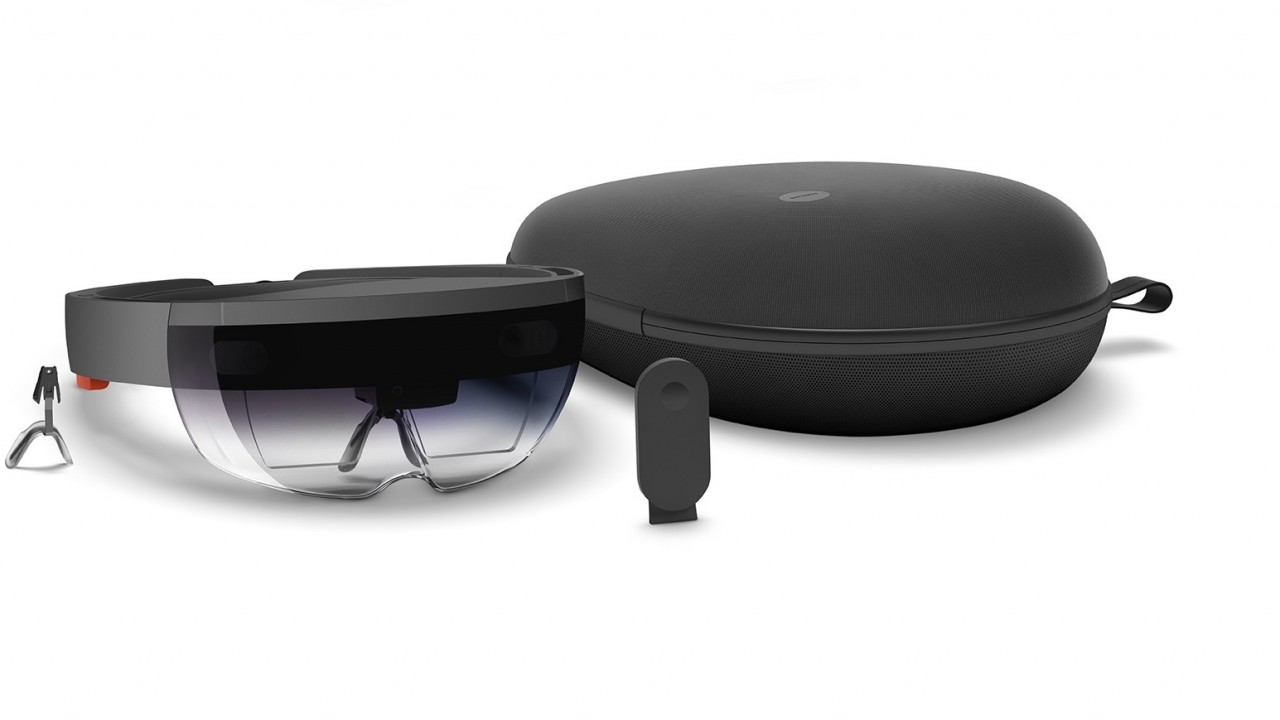It’s no secret that Microsoft is working on a next-gen HoloLens as the company released the first iteration several years ago. The big question is when the next iteration will arrive as the company has been building the product in broad daylight.
In early 2018, the target was to show off the device this year but following development hurdles, the company has pushed back the announcement of the hardware. Microsoft is now targeting a late Q2, 2019 release, according to people familiar with the company’s plans; this assumes that the remaining development challenges are overcome and manufacturing ramps up as expected.
The next generation device will be smaller, have a wider field of view, and longer battery life. None of this should be a surprise as it’s typical for a new device to follow this development model but unlike laptops, bending light to increase the FoV isn’t nearly as easy as increasing battery capacity. The company is also making a big bet on ‘localized-AI’ which has increased the difficulty of building the device.
Microsoft’s primary competitor in this space, Magic Leap, has finally started to ship some early hardware and it is fully expected that Google, Apple, and many others will enter this space in the near future. As long as the company can ship the hardware in 2019, they should continue to lead this segment as they have an early advantage in adoption among corporate customers as well as a handful of consumer applications as well.
But, you can’t rule out Apple, who is already building AR content with thousands of apps that work on its iPhone that will also translate over to its headset, whenever that product ships. Google has also played in this space already with Google Glas but that project hasn’t been updated in several years but it does give the company experience in this space.
Microsoft is making HoloLens one of its big bets to win in the growing AR space. While the adoption of mixed reality hardware and devices has been slow, it is widely expected that once hardware reaches consumer-friendly pricing and the experience can match or best that of a smartphone, adoption will grow significantly.
The next generation HoloLens is currently known as Sydney internally and the company is targeting a lower price point than the current $3000 mark for the developer edition.



